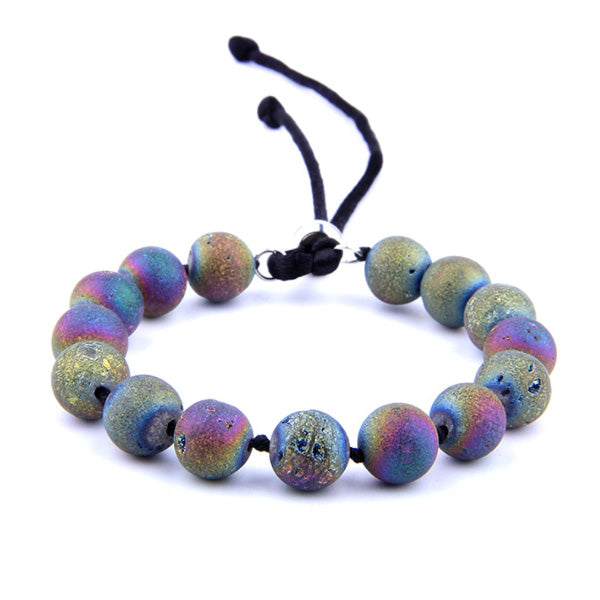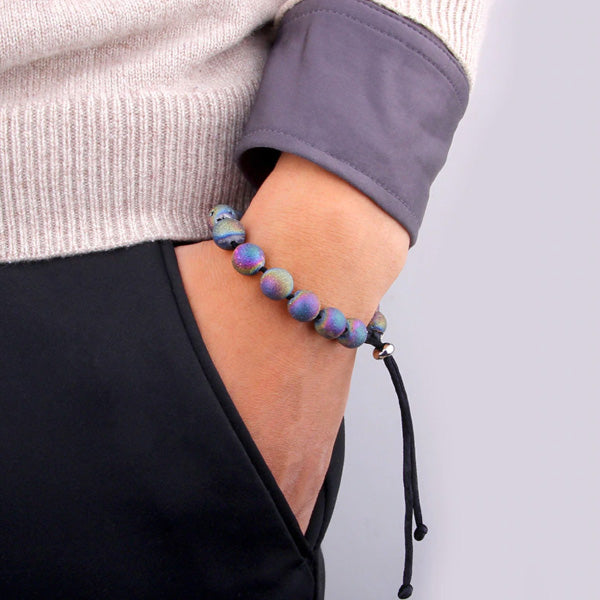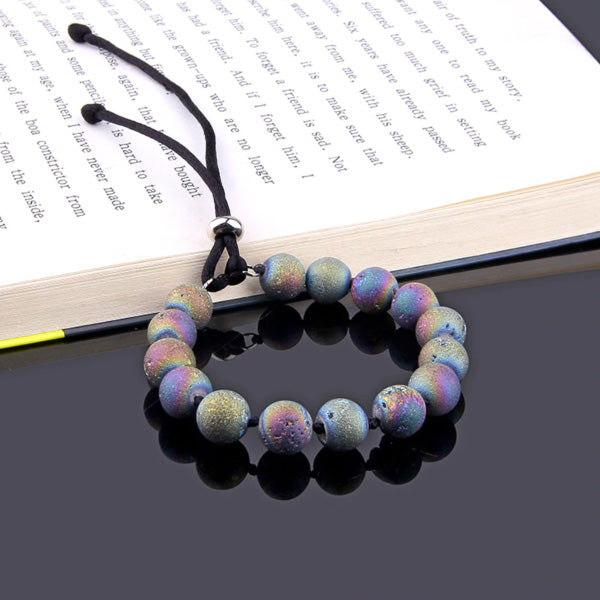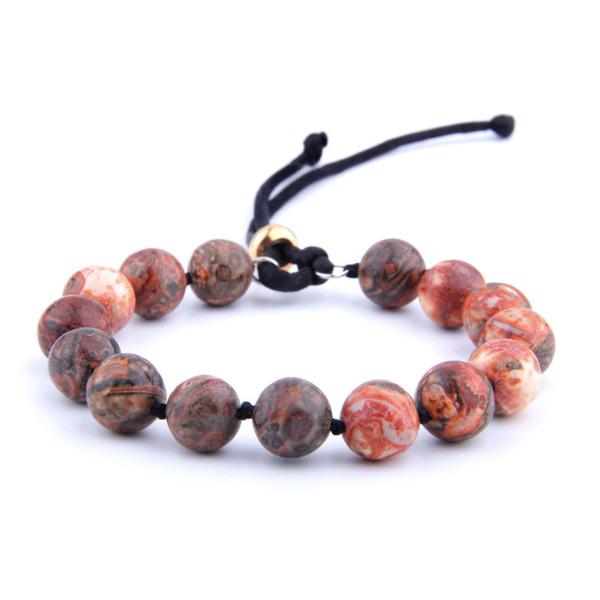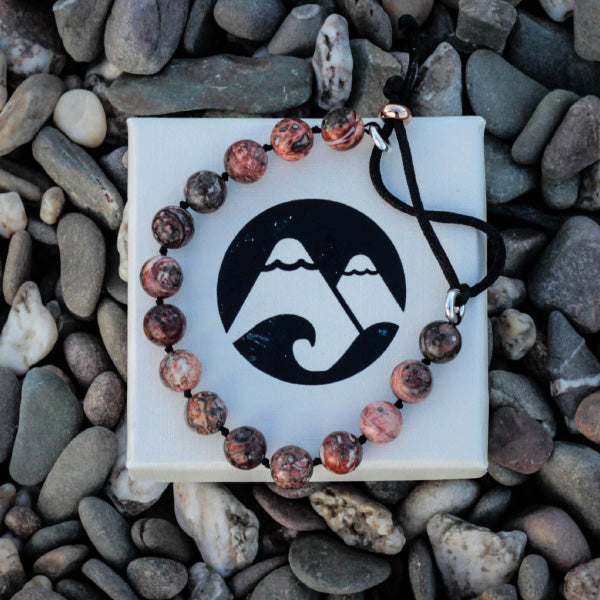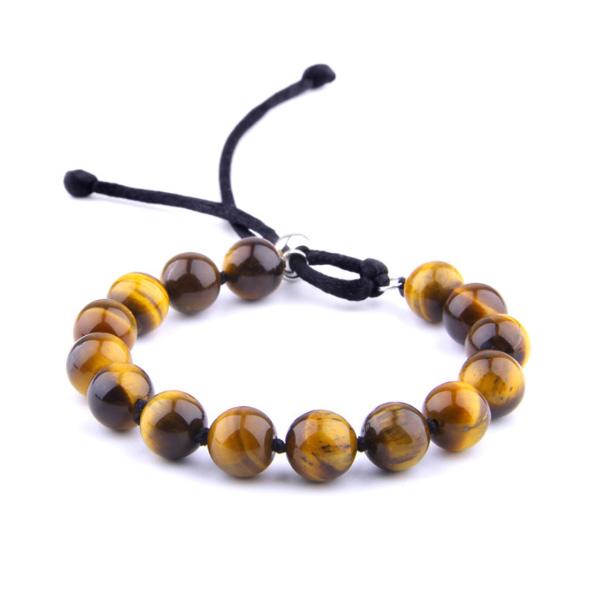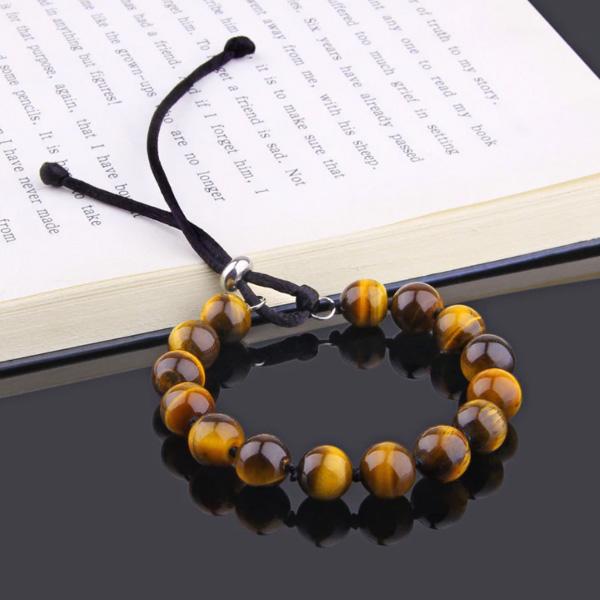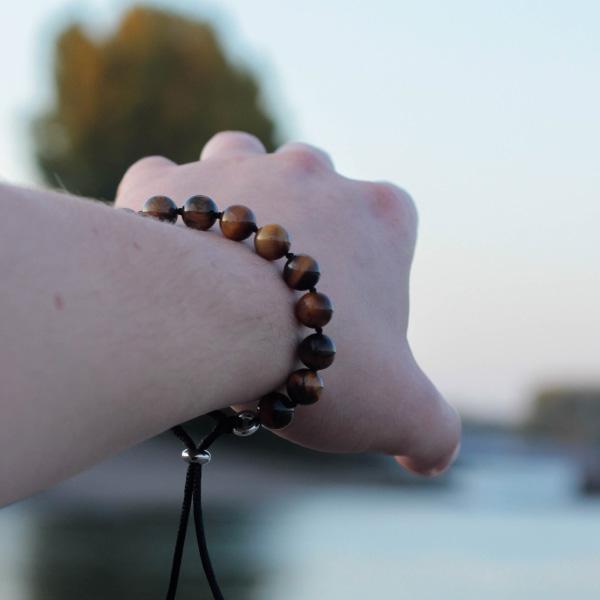The Environmental Impact of a Cup of Coffee
It is available from the capsule, the paper filter, in cups or paper cups and consumed comfortably at home, in a café, or on the go. We talk about coffee. Not only the caffeine kick but also the taste makes it our daily companion. However, coffee can also create a ton of garbage. How environmentally friendly is our coffee consumption? We have examined various brewing methods concerning the ecological balance.
Canada is in 10th place with 14.33 lbs of coffee per person per day in a worldwide comparison. According to the Federal Statistical Office, 84 percent of all households have a coffee machine. Most of them are filter machines; after all, a third are pad or capsule machines. This makes it very practical to make coffee in portions. Even on the go - many do not want to go out without the caffeine intake.
We present the variants of filter coffee, capsule coffee, reusable coffee capsules, pod coffee, and coffee-to-go. How environmentally friendly are the preparation methods, and what does the price say?
Overview
Filter coffee
Despite new technologies, filter coffee is still very popular nowadays. The principle is simple and known to most. Hot water flows through a filter filled with coffee powder into the jug. Brewed yourself or with a filter coffee machine, depending on your taste.
There is hardly any waste with this method. The filters and the powder can usually be composted without difficulty. In our comprehensive guide to using paper coffee filter, you can take a closer look on how to use and compost them correctly. Only the packaging of the powder ends up in the bin after use. The vacuum packaging for coffee is often times made out of composite materials. So they can still be recycled after disposal.
Ecological footprint
The ecological balance for filter coffee could hardly be more positive. In contrast to single-portion coffee with capsules, this method produces little waste. Filters and powder can be composted, and the vacuum packaging can be recycled. The only downside is that the coffee amount cannot be matched so precisely to the cups required. This partially throws away coffee.
Our tip: Take a measurement spoon or a weight scale to estimate the coffee amount of coffee grounds needed.
Capsule coffee
Capsule coffee is currently the big hit on the coffee market. The small, colorful capsules deliver coffee at the push of a button. The choice of flavors is excellent and tasteful. Coffee almost has become a real luxury good or rather "pushed" to another level.
People all around the world drink around two billion cups of coffee per year from capsules. The usage creates 4,000 tons of waste. Depending on the manufacturer, a coffee capsule is made of aluminum or plastic and is sometimes packed separately. Capsule coffee creates a massive amount of garbage.
In most cases, it is made of aluminum, which is supposed to preserve the coffee's aroma particularly well. This raw material is valuable, and production is not entirely unproblematic. Some manufacturers, therefore, also offer capsules made of plastic.
Ecological footprint
Aluminum is very energy-intensive to manufacture, while plastic is made from petroleum. That doesn't exactly speak for a positive ecological balance. In Germany, the capsules belong to the dual system. Consumers can dispose of them in the yellow bin so that they can be recycled. Nevertheless, since avoiding waste is preferable to recycling and coffee capsules produce a too high amount of waste, the ecological balance is negative.
Reusable capsules
The environmentally friendly alternative to conventional capsules can be refilled—for example, the Mister Barista company's products. The capsules fit in all Nespresso machines from 2003 onwards.
Ecological footprint
The capsules from Mister Barista are made of stainless steel. A material that is 100 percent recyclable and also more environmentally friendly to manufacture than aluminum or plastic. There is no packaging waste.
Only the old coffee powder ends up in the bin with this coffee preparation. Coffee powder is organic waste and can be composted wonderfully. You can also use it as a plant fertilizer for various plants in your garden, as explained in our recent post here. The ecological balance of the reusable capsules is therefore very positive.
Reusable capsules are significantly cheaper than single-use capsules
Those who no longer want to give away their practical capsule machine will find numerous reusable alternatives to various manufacturers' disposable capsules. They can be refilled almost endlessly, save a lot of waste, and make the coffee considerably cheaper.
Reusable capsules not only protect the environment; they are also significantly cheaper than single-use capsules. After just one kilo of coffee, the acquisition costs are payed off. After that, a cup of coffee costs only 3 to 12 cents, depending on which type of coffee you choose.
Another advantage of the fillable capsules is that you have a free choice of powder type and no unused coffee grounds after measuring the needed amount for your coffee.
Coffee pads
Pad coffee machines have already become established and are offered by various manufacturers. The preparation is simple and can be tailored to individual portions: You put one or two pads in the machine, press a button, and the coffee flows into the cup. Can the brewing be even easier?
Ecological footprint
The filter can usually be composted well together with the powder after use. The production and disposal of the pads are therefore environmentally friendly. The problem, however, is the packaging. A pack usually only contains around 20 pads. This creates a lot more packaging waste than compared to paper filter coffee. Also, some pads are individually packed. The ecological balance falls behind the filter coffee here.
Coffee to go
Even while working or relaxing on the bench in the park, every bakery nearby has a coffee-to-go. Many use the opportunity to drink their coffee in their lunch break, before work starts, or even while taking a regular walk.
"16 billion paper cups are used for coffee every single year, which leads to 6.5 million trees cut down, 4 billion gallons of water going to waste, and enough energy to power 54,000 homes for a year also goes to waste." - greenmatch.co.uk
The quick, practical coffee-to-go is, therefore, a real environmental sin.
Ecological footprint
The ecological balance for coffee-to-go is terrible. Because these are disposable cups that are usually difficult to recycle when it comes to environmental friendliness, a distinction has to be made between the different types of cups according to their materials:
- Some manufacturers advertise with organic cups. It is a material mix of paper fibers made from useful plants, which is very expensive. The production of the paper component is also harmful to the environment.
- Most cups are made of paper fiber and have a plastic coating on the inside. A lot of energy is required for production, and packaging waste cannot be recycled.
- Polystrol is a plastic that is very resource-intensive to manufacture. Many coffee-to-go cups are made of this material. If disposed of correctly in the yellow bin, they can even be recycled. However, due to material loss, no new cup is created.
- Both in production and disposal, all types of cups are harmful to the environment. The lid, which is usually made of plastic, could be recycled, but very few dispose of it separately.
Environmentally friendly alternative: deposit or thermal cups
Environmentalists have long been calling for alternatives to the to-go madness. One idea to put an end to disposable consumption is a reusable deposit system. To do this, cups would have to be produced that can be cleaned and refilled. As with bottles in Germany, you would pay the cup deposit when you buy it and get it back when you bring it back.
Since such a system is associated with high costs, it is indeed an environmentally friendly solution, but not yet ready for the market. You can avoid the high amount of garbage caused by coffee mugs by purchasing a thermal mug. You can have this filled up with coffee in the shop, there is no rubbish, and the coffee stays hot for much longer.
Conclusion
Filter coffee and even the refillable capsules are the most environmentally friendly options. There is hardly any packaging waste; filters and powder can be composted. Capsules made of stainless steel are a 100 percent recyclable option. In terms of price, the two variants are the cheapest options per cup. Filter coffee and the refillable capsules have the best ecological balance.
Besides using a paper filter, there are also other paperless options available. A french press can make your coffee use way more eco-friendly. By measuring out the coffee grounds beforehand, you are able to avoid coffee being wasted.
Coffee pods are also compostable but cause more waste due to the small package sizes. Besides, they are a bit more expensive.
Capsule coffee and coffee-to-go have the worst ecological balance. There is a lot of packaging waste that can only be partially recycled. The production of the capsules and cups is not exactly resource-saving either. Besides, capsule coffee and coffee-to-go cost much more than the options presented above. The environmentally friendly alternatives are the refillable capsules and the thermal mug that we introduced.
List of zero-waste alternatives
Fortunately, there are many ways to enjoy coffee without any garbage. Buying coffee without waste if you want to fill up your coffee supply and produce as little waste as possible, you will find it in many unpackaged shops. Whole beans can be filled there in any quantity in containers you have brought with you. Even small coffee roasters that supply their coffee get by with much less packaging waste and may also be enthusiastic about filling it into reusable containers.
Portafilter machines
Most cafés have portafilter machines that provide guests with an incredibly aromatic espresso, including a tasteful creme. Brewing a coffee cup with it is lightning-fast and practically without rubbish, and best of all: it is also available in a small format for your home! With roughly the same size as a capsule machine and a similar price, a mini portafilter machine will find a place in every kitchen. This leaves only loose coffee grounds that can still be used in a variety of ways.
Reusable filter bags
Filter coffee seems to have gone out of fashion more and more. Wrongly, because filter coffee is often more digestible and, thanks to the filtering, also less bitter than other types of preparation. This variant becomes even more environmentally friendly with a self-sewn fabric filter bag or a permanent coffee filter instead of the disposable filter bags.
French Press
With a french press jug, all you need is hot water and some ground coffee, and nothing stands in the way of enjoyment. Adventurers can also heat their coffee water around the campfire and give the coffee grounds back to nature without any problems.
Espresso pot
The name is a bit misleading because the brewing pressure is too low. It is not espresso that rises in an espresso pot for the hotplate. Nevertheless, you can brew an aromatic coffee with little effort with the pots for the stove, made in Italy at the beginning of the 20th century. The remaining coffee grounds are also suitable as a natural fertilizer for the garden and balcony.
Pour-Over
With pour-over coffee, preparation is part of the entertainment. This is why whole beans are used, and it is best always to grind them fresh. If you want to do without disposable paper filters, you can use a permanent filter model.
Slow traditional coffee
This method works without a filter and is suitable for enthusiastic people about traditional preparation and creamy and thick mocha. Only the very finely ground coffee grounds remain in the pot and the mugs with Armenian or Turkish coffee.
As we want to stay informative and look out for any personal experience we can get, we are interested to know about your coffee journey in the comments. How do you brew your cup of coffee? Is there any other tip that we have missed?
Thank you for taking your time and getting one step closer to being more sustainable for the environment in life.
Leave a comment
Comments will be approved before showing up.
